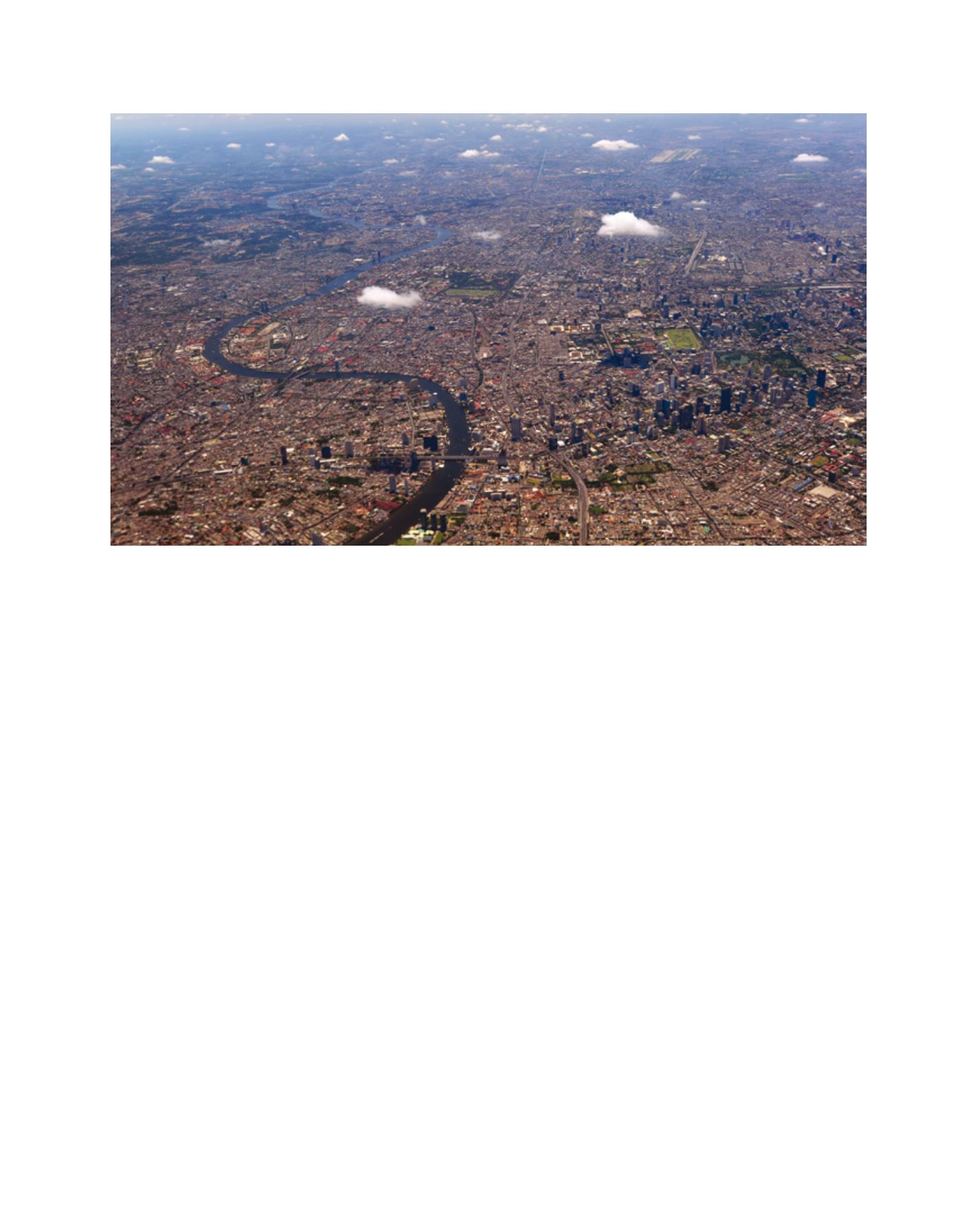

[
] 34
W
ater
D
iplomacy
• multi-stakeholder platforms exploring alternative
futures are used to build the trust and cooperation
needed for actors to work together to help resolve
water allocation issues
• e-flow assessments are used to clarify risks and
benefits of different flow regimes on different water
users and ecosystems
• scenario building, with the participation of
marginalized people’s representatives, is used to
improve transparency by clarifying and probing
actors’ assumptions and motivations
• strategic environmental assessment is used to
explore the broad impacts of existing, proposed and
alternative development policies and plans early on
• holistic modelling is used to quantitatively assess
impacts of scenarios and development policies and
to generate base information for impact assessments
• oppositional advocacy pressure is maintained to
ensure that political space is available for civil
society and concerned actors to safely contest and
contribute to policies, proposals.
Transboundary water diplomacy is not only the province
of state actors. Across the Mekong region, there is much
diplomacy underway with multiple actors manoeuvring to
try and shape development directions and decisions. This
is increasing the likelihood that decisions will be the result
of informed and negotiated processes that have assessed
options and impacts, respected rights, accounted for risks,
acknowledged responsibilities and sought to fairly distrib-
ute rewards–the essence of deliberative water governance.
Image: K G Hortle
to all but privileged insiders. Meaningful public deliberation is still
the exception rather than the rule. Nevertheless, more recently, we
have seen a deliberative turn and hopeful signs of water governance
change, for example:
• vibrant elements in the Chinese media interested in
understanding and reporting the water-related perspectives of
neighbouring countries
• a pause and reconsideration of future development in a
new era for Myanmar
• an increasingly inquisitive National Assembly in Laos
• bold inputs to public policy-making debates by
Vietnamese scientists
• increased space for civil society analysts in Cambodia to engage
in state irrigation policy debates
• people’s environmental impact assessment in Thailand, building
on villager-led Tai Baan participatory action research and
resulting in more participatory analyses of project merits.
Finally, Lower Mekong mainstream dams are now being exam-
ined more openly. This is a result of many factors, including an
MRC-commissioned strategic environmental assessment and a
subsequent formal prior-consultation process facilitated by MRC,
which has yielded various technical contributions and opened an
intergovernmental window for more informed discussions between
Lower Mekong countries. Each of these processes has been improved
by advocacy from civil society, science, academia and governments
–including MRC, M-POWER and Save the Mekong.
In the Mekong we have found that water diplomacy is improved
by bringing different perspectives into arenas and fostering delibera-
tion to inform and shape negotiations and decisions. Specifically, we
suggest that transboundary diplomacy will be further improved when:
Bangkok, Thailand, the mega-city destination for much of the proposed hydropower energy production in the Lower Mekong


















